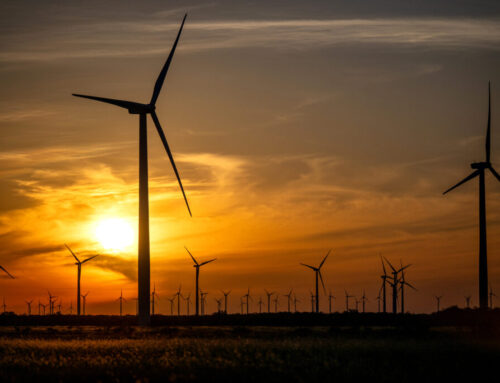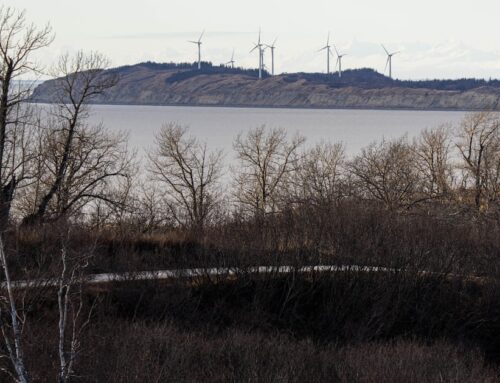Environment’s winners and losers after mild, wet weather in 2024
December 27, 2024
This year’s climate was good news for parts of the country’s environment, but for some wildlife the weather’s effect was negative, the National Trust has said.
We look at the winners and losers of the wet and mild weather seen over the past year.
Winners
Heather at Dunwich Heath in Suffolk, East Anglia, home to species including nightjar, woodlark and adders, had suffered a 60% loss due to extreme heat and drought conditions in 2022.
A drone survey in June revealed 11% of the damaged heathland heather had come back to life following spring rainfall.
There is a dense population of water voles – and a boost to kestrels and barn owls – in new wetlands at Holnicote’s river restoration project in Somerset.
Install the Sky News app for free
Grey seals established their first colony in Suffolk, at Orford Ness, in a sign of the species’ continued recovery, with the seals thought to have chosen to breed there due to the low risk of disturbance in the remote spot and as numbers spilled over from other colonies along the coastline.
A cool damp autumn with no frosts helped grassland fungi in a number of places, the trust said.
Losers
The wet and cool spring hit insects, with butterfly numbers much lower than normal, and some previously recorded species not seen at all at some National Trust properties.
At Barrington Court in Somerset, butterflies were almost completely absent from the gardens until late August, numbers were half normal levels at the Giant’s Causeway in Northern Ireland and their lowest in 15 years of recording during “peak” week at Wicken Fen in Cambridgeshire.
Bees struggled in many places although there were positive sightings of the rare bilberry bumblebee in the Shropshire Hills, where conservation work has restored old hay meadows.
Bats in some roosts were down on last year, with some sites seeing significant drops due to the wet, cool weather reducing opportunities to feed and lower numbers of insects to feed on.
Read more from Sky News:
Boxing Day Tsunami: ‘Palm trees snapped like matchsticks’
How Mariah Carey’s Christmas classic has defied the decades
An Arctic Tern. Pic: Rachel Bigsby/National Trust/PA
Search
RECENT PRESS RELEASES
Related Post















